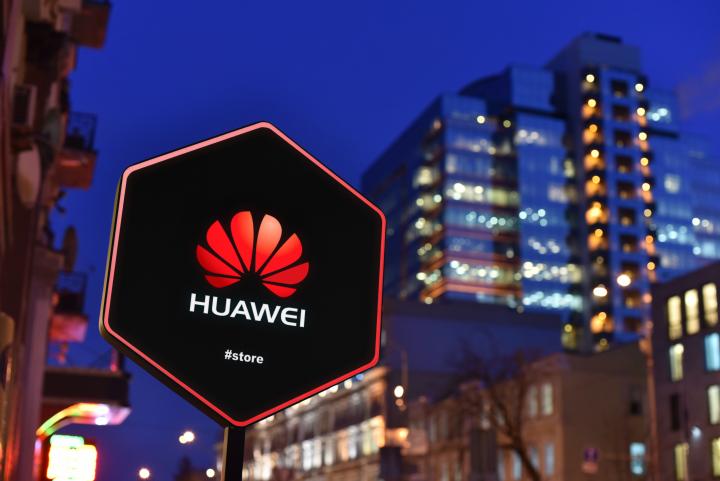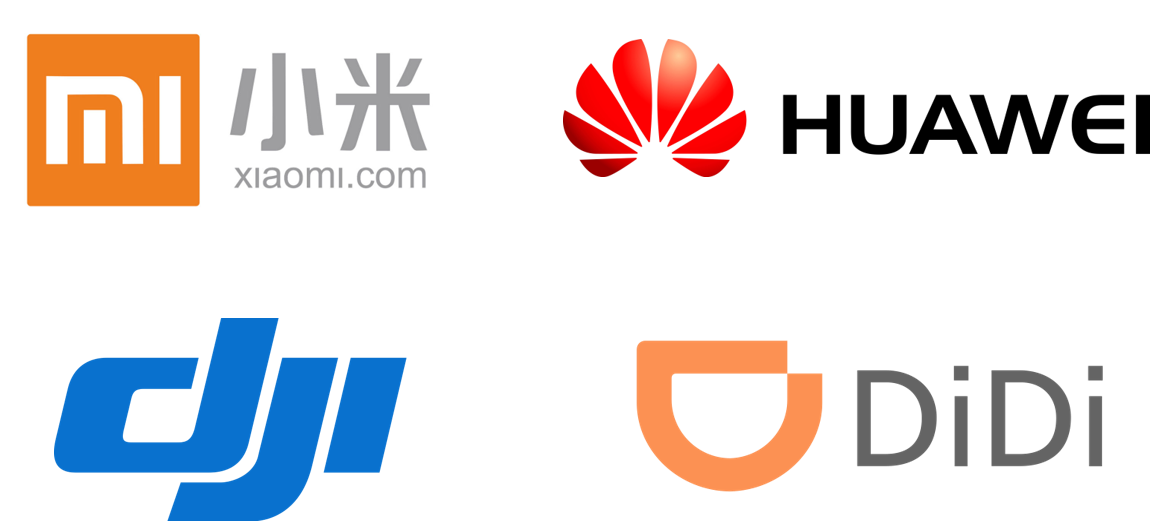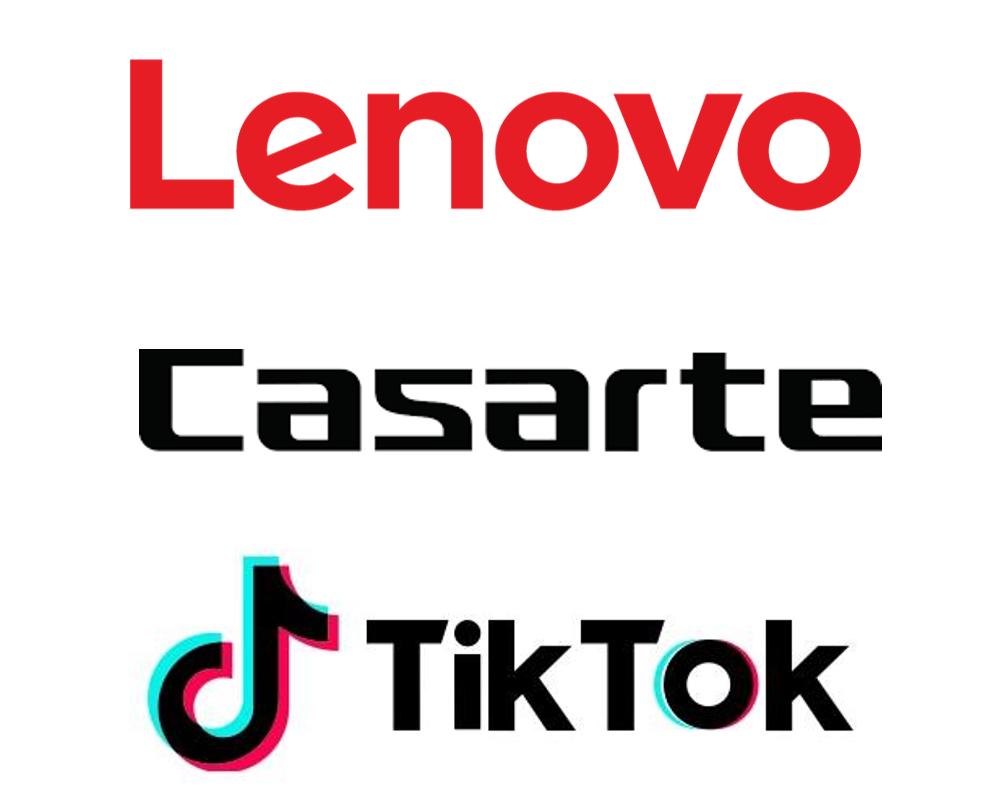

As Chinese brands capture the growing Chinese market, they are increasingly pursuing global consumers. As they expand abroad, their brand names are at the heart of a winning strategy. A simple, easy-to-remember name that speaks to local consumers can tangibly amplify your impact.
What types of names can a Chinese brand use? There are two major options.
Pinyin has long been an easy choice for Chinese brands when they go abroad. Industry leaders it tech, home appliances, and automotive like Baidu, Huawei, Haier, and Dongfeng all use it. Young and innovative internet-era brands Xiaomi, DiDi, DJI and more have also chosen pinyin as they step onto the global stage. In doing so, they demonstrate China’s power and cultural self-confidence. On the other hand, pinyin carries with it some risks. Can it fit into the local language and culture? Can consumers pronounce it?

Top: Xiaomi, Huawei; Bottom: DJI, DiDi
As China grows increasingly international, brand owners are increasingly choosing Western alphabetic names, for example Lenovo, Casarte, and TikTok.

“Lenovo” derived from “Legend” in English; “Casarte” derived from Italian ”la casa” and “arte”, meaning the art of home; “Tik Tok” is the sound of clock ticks.
The names Casarte (Italian: The art of the home) and TikTok are both powerful unions between foreign culture and the brand’s positioning. They’re comfortable and familiar-sounding to global consumers, making them shine in international markets.
Names of some brands such as White Elephant, a Chinese battery maker, make cultural missteps in certain markets. In English-speaking countries, the name alludes to expensive yet useless items; while in India, the white elephant is considered sacred.

White Elephant battery
To avoid the hassle and expense of renaming after your brand launches, we urge brands to fully consider the connotations of their brand names in local languages and cultures before entering overseas markets.
As the “Belt and Road Initiative” becomes a new engine boosting the global economy, intellectual property rights are becoming a new power deepening the economic and trade relationships between China and neighboring countries. Trademarks – signs that distinguish the origin of goods and services – are one of the important intangible assets of enterprises and one of the core intellectual property rights to be secured overseas by enterprises. However, due to language barriers, and differences in cultural and legal systems, Chinese companies have frequently encountered difficulties in obtaining trademark protection or enforcing the trademark rights overseas. Our partner, Rouse, will share the key considerations for Chinese enterprises planning for overseas trademark applications.

Rouse
The basic factors to consider are the trademark applicant, the trademark itself, the trademark classes (goods and services), and the jurisdictions. Your approach to each of these topics depends on your international business plan, your timeline, and your budget for intellectual property protection. Optimizing budget has become a top priority in overseas trademark application strategy. Such strategic planning usually requires the enterprise’s intellectual property/legal department to thoroughly communicate and coordinate with the business, marketing, finance and other relevant departments, even top management, to understand the needs of each department and strive for maximum internal support.
Q: Which company should be the trademark applicant (owner)? The Chinese parent company? The overseas subsidiaries? Or a special intellectual property management company?
A: This needs to be determined in conjunction with the company’s overall structure, tax considerations, and capital flows.
Q: Should we only apply for the Chinese house trademark? Do we need a foreign language trademark? A trademark in a local language? Is the local trademark a translation, a transliteration, or a newly coined name?
Q: Should we only cover the classes of core goods and services? Or better to extend to all relevant classes?
Q: Should we only cover the country jurisdictions where the business has launched? Or extend to all jurisdictions in the business plan?
A: These all need to be decided based on the company’s business plan, the launch timeline, local trademark application systems and means of enforcement, and available budget.
All in all, the best overseas trademark application strategy is the one that achieves the goals of the enterprise, meet their needs, and guarantees the operation and expansion of the enterprise’s business overseas!
Labbrand is the leading China-originated global brand consultancy with regional operations in APAC (Shanghai, Singapore), Europe (Paris), and North America (New York, Vancouver). We drive forward the positive power of branding. Leading brands on impactful journeys, we create meaningful brand experiences by bringing together excellence in research, strategy, design and verbal identity.
Rouse is a top intellectual property consultancy primarily focused on the emerging markets of Asia and the Middle East, with a leading UK IP Consultancy practice. In all markets where it operates, it aims to be a leader in the field. They have a team of more than 600 (including lawyers, patent and trademark attorneys) working in 17 offices around the world to provide the full range of IP services, from patent and trademark portfolio management to commercialization and intellectual asset management. Long-standing clients include many of the world’s foremost IP owners.
Rouse China, in association with Beijing Lusheng law firm, has long had a strong presence in China. Rouse’s team of over 350 professional and support staff are well placed in the four offices of Beijing, Shanghai, Guangzhou and Hong Kong.
A Labbrand Group Company © 2005-2025 Labbrand All rights reserved
沪ICP备17001253号-3To improve your experience, we use cookies to provide social media features, offer you content that targets your particular interests, and analyse the performance of our advertising campaigns. By clicking on “Accept” you consent to all cookies. You also have the option to click “Reject” to limit the use of certain types of cookies. Please be aware that rejecting cookies may affect your website browsing experience and limit the use of some personalised features.